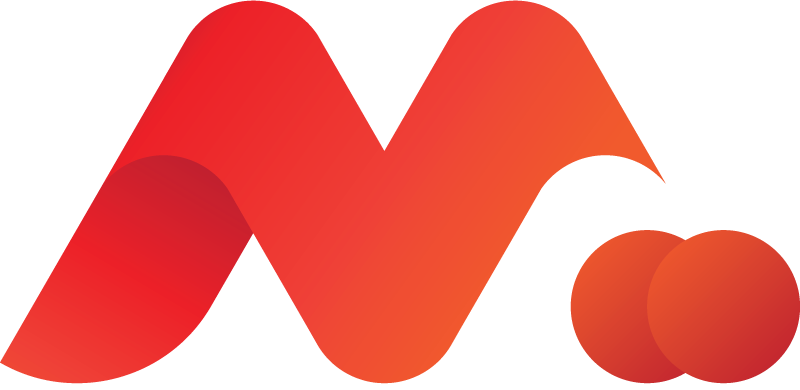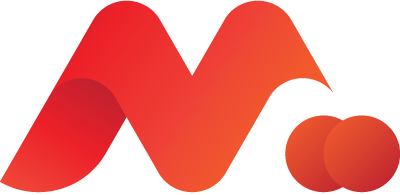Exploring the problem space and truly understanding the customer’s needs is the first step any founder should take. This should be done BEFORE you begin building your product. The only way to explore the problem space is to get out there and talk to prospective customers. Even if your product is one that you would use yourself, you need to talk to multiple other people from a representative sampling of your target market and actively guard yourself against confirmation bias.
All startup ideas inevitably start from a hypothesis that the founder has. Typically, that hypothesis starts in the simple form of “wouldn’t it be great if there were a product that did XYZ…” This is how innovation typically begins, but it is important to validate the underlying assumptions before getting too married to your idea. In order to do this, it is best to put your preconceived ideas on the back burner and take the time to really understand the underlying problem that needs to be solved or the “job that needs to be done” by your target customer.
Below are some guiding questions to help you truly understand the problem space. Note that the majority of these questions are ones you should be asking actual people who represent your target customers. They are not meant to be questions you answer for yourself in isolation. The more customers you talk to, the more likely your conclusions will be correct.
Guiding Questions:
Defining the Customer (Prep Research)
-
State the problem you’re trying to solve in one sentence.
-
Who suffers from this problem? Who are the potential customers of this solution?
Initial Customer Discovery (Customer Conversations)
-
How do these customers describe the ideal solution to their problem?
-
Why is this problem important to them? How does it impact their lives?
-
Do your potential customers consider this to be a really big problem or a minor inconvenience?
-
How badly are customers wanting a solution to this problem? Would they line up to pay top dollar for a better solution or only take it if it were free?
Competitive Landscape (Customer Conversations & Research)
-
How do these customers address or deal with the problem today? Are there other products or services that customers use today to address the problem?
-
Who are the competitors or what are the alternatives to your product? What are their pros and cons?
-
What percentage of customers use each available alternative/competitive solution?
-
Are those solutions acceptable to most customers? Be sure you can defend your answer with data and citations that would convince someone skeptical of whether there is a real need or not for this product.
-
Specifically, what do customers not like about existing solutions or alternatives available to them?
-
Are customers actually willing to go through the pain of switching to a new solution? What does the new solution have to offer to be worth the pain of switching?
Sizing the Market (Customer Conversations & Research)
-
How many potential customers exist in this market when defined as broadly as possible in a given year? In other words, how many people/organizations have the problem you’re attempting to solve during any given year? (This is your Total Addressable Market or “TAM” in terms of number of potential customers)
-
How much are all potential customers in this market willing to spend solving the problem each year? (This is your TAM in dollars)
-
How frequently do those customers need a solution? Is this a once-a-lifetime purchasing decision (e.g. college advisory or funeral services) or an ongoing need for your target customers (e.g. online banking or cell phone service)?
-
How frequently are purchasing decisions made for products or services like this? In other words, how much new business is up for grabs for any given business time period such as a quarter or year? This is less than TAM if your customers routinely only reevaluate purchasing decisions every few years or are tied into long-term contracts with incumbent solutions.
-
Given the purchasing frequency, how long will it take a new great product (one that lots of customers would want) to establish market leadership in terms of the percentage of TAM? (the longer it would take, the harder the business will be to scale)








